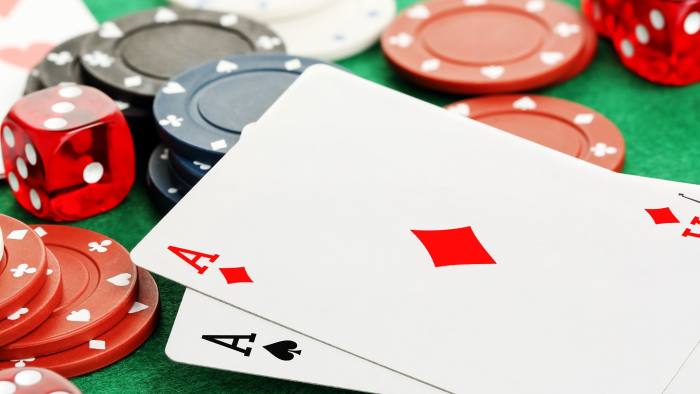The Art of Bluffing holds an indispensable place in the realm of casino play, where psychological tactics intertwine with strategic gameplay. This sophisticated practice goes beyond mere card games, extending its influence to various facets of the casino experience, from poker tables to roulette wheels. At its core, bluffing is a psychological maneuver, a dance of perception and misdirection that demands an acute understanding of human behavior. It is a calculated gamble that can turn the tide of a game in one’s favor, rendering even the weakest hand a potent force. To master this art, players must harness a blend of observation, intuition, and the ability to manipulate their own demeanor. In poker, perhaps the most celebrated arena of bluffing, the key lies not only in the cards one holds but also in the portrayal of those cards. A player’s body language, facial microexpressions, and timing of their bets all contribute to the theater of deception. A well-timed hesitation followed by a confident raise can make opponents question their own holdings, leading them to fold even when possessing stronger hands.

The thrill of successfully bluffing one’s way to victory is a sensation that keeps players hooked a rush of adrenaline that comes from outsmarting adversaries through calculated psychological tactics. Roulette, despite its apparent simplicity, also offers opportunities for strategic deception. A shrewd gambler might vary their betting patterns, placing substantial bets on numbers seemingly tied to personal significance or employing a consistent sequence while carefully masking their true intentions. This subtle manipulation of perceived patterns can lead others to follow suit or avoid certain bets altogether, altering the course of the game. Here, the bluff transcends the individual hand, encompassing an entire strategy designed to manipulate the psychology of fellow players. Yet, the art of bluffing is a double-edged sword. The same psychological tactics that one employs can also be used against them. Seasoned players are well aware of the intricacies involved and often employ counter-bluffs to unsettle opponents who rely too heavily on their perceptions.
This intricate dance of psychological warfare adds layers of depth to casino games, elevating them beyond mere chance-based endeavors. In conclusion trang chu s666, the Art of Bluffing in casino play is an intricate tapestry woven from the threads of human psychology and strategic gameplay. It transforms card tables into battlegrounds of perception, where the ability to read and manipulate opponents is as crucial as the cards themselves. Bluffing demands a keen understanding of human behavior, a knack for misdirection, and the audacity to seize control of the narrative. Whether in the suspenseful arena of poker or the seemingly mechanical world of roulette, psychological tactics shape the ebb and flow of fortune, leaving players to marvel at the delicate interplay of perception and reality.